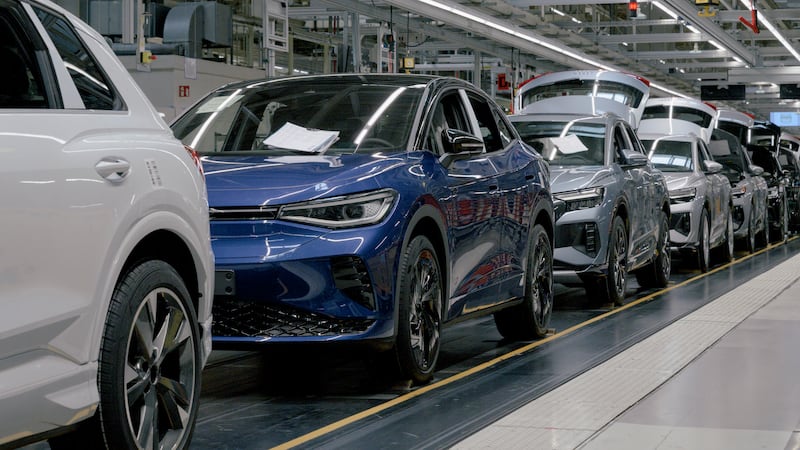More than 5,000 lorries are to be forced off the road this week following the introduction of a ban on vehicles more than 4.65 metres tall.
The ban on so-called supercube lorries was announced in January 2007 but will come into force tomorrow night following what the Department of Transport called a "wash out" period to allow time for vehicle operators to phase them out.
Call for delay
However the Irish Road Haulage Association (IRHA) said the ban was proposed in times of prosperity and should be suspended pending an economic recovery.
The ban was promised when Bertie Ahern was taoiseach, following the construction of the Dublin Port Tunnel.
The tunnel, which opened in 2006 was built with a height restriction of 4.65 metres, despite hauliers seeking a limit of 4.95 metres, the height of supercube lorries which had become standard on the Continent and in the UK.
Residents living on routes near the tunnel, particularly in the Drumcondra/Whitehall areas of Dublin had complained that their quality of life would be affected by the largest lorries staying on the roads.
The Jack Lynch and Limerick tunnels were also built with a 4.65 metre restriction.
A spokeswoman for the Department of Transport said the ban was being introduced not only to improve residents’ quality of life, but to deal with road and rail safety concerns.
“The reasons behind the limit are mainly concerned with rail safety and the protection of expensive physical infrastructure (eg bridge strikes by over-height vehicles), road safety, quality of life considerations for residents in urban areas.”
IRHA president Eoin Gavin said citing the danger of bridge strikes was a red herring, as supercube vehicles did not use routes with low bridges. "Rail bridges are mostly under 3.8 metres so these vehicles wouldn't even be attempting them," he said. "There has never been a bridge strike by a vehicle over 4.65 metres."
Damage to economy
About a quarter of the Irish fleet of 22,000 lorries, costing more than €45,000 each, would have to be taken off the roads from November 1st under this ruling, Mr Gavin said.
However, he said there would be an even greater loss to the economy from UK retailers switching from Dublin Port to Belfast to get their goods into the country.
“In the UK and the North there is no height limit restriction,” Mr Gavin said.
“The UK is our biggest trader and up to 30 per cent of their fleet is made up of these taller trailers: they will just switch to Belfast Port.”
Hauliers were no longer seeking that the ban be scrapped but wanted a further suspension of its implementation until the economy was in better shape, Mr Gavin said.
“The industry just isn’t able to cope with this at the moment,” he said.
“We have asked the department for more time, but I don’t know if there’ll be any change of mind.”













